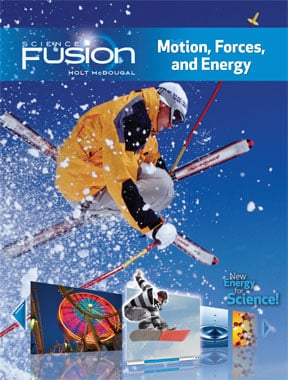
Science fusion
What Are the Limitations of the Science Fusion Curriculum?
The benefits of the Science fusion curriculum are numerous, but what are the limitations? Read on to learn more. You’ll learn about curriculum overview, assessments, and impact on Minnesota schools. You’ll also discover how the program fits into your school’s overall science curriculum plan. You’ll be surprised by the results. Read on to learn how Science fusion can benefit your classroom. It’s time to change the way you teach science!
Curriculum overview
ScienceFusion features a variety of online resources and two complete curricula, which are differentiated by content approach. Each lesson offers a variety of interactive teaching methods, including a write-in worktext and digital lessons, hands-on labs, and support for inquiry lessons. This resource provides teachers with three levels of differentiation to match the needs of each student. And, because science learning is so difficult, teachers can easily customize ScienceFusion to meet their specific needs.
This online science curriculum from Houghton Mifflin Harcourt provides a detailed syllabus of all subjects and is leveled by grade. It provides interactive lessons, lab demonstrations, and virtual laboratory experiences in all three science domains. Teachers can choose to use the hands-on activities and virtual labs to engage students and develop critical thinking skills. The program contains an assessment guide with all of the features and benefits of ScienceFusion’s curriculum.
Print and digital curricula
A complete print and digital curriculum solution for K-8, ScienceFusion offers flexible, research-based resources for teachers. Students learn through hands-on activities, video-based projects, and critical-thinking activities. Students use a combination of print and digital resources to complete each unit. One version contains a single-grade science textbook, while another has a complete, spiral-bound version for each grade level.
In 2013, EdReports published a review of six middle school science curricula. It found that four series were not sufficiently aligned to the Next Generation Science Standards (NGSS), while one series scored an overall “A” score. However, several others scored high marks, including the NGSS-aligned Amplify Science series from Houghton Mifflin Harcourt.
Assessments
The Assessments of ScienceFusion program provides teachers with a variety of options for assessing student learning. Each lesson plan contains several forms of assessment, including summative tests and formative quizzes. The Assessment Guide contains sample questions and answers, rubrics, and other materials for administering tests and quizzes. There is also a sample bubble-style answer sheet, and suggestions for assessing student progress. The lessons were designed to be used in digital and print environments and have specific learning strategies that teachers can apply to the assessments.
The Student Interactive Digital Curriculum for ScienceFusion includes a blend of hands-on activities and digital learning support that connect textbook content with hands-on activities. Students can choose the level of inquiry to be most successful, based on their current level of understanding. Students can also choose between a variety of activities based on their time, materials, and learning styles. Assessments of science fusion are available in three levels: beginning, intermediate, and advanced.
Impact of program on Minnesota schools
The ScienceFusion program, a curriculum for K-5th graders that highlights Minnesota’s diverse science community, promotes diversity, creativity and the importance of science. The program’s diverse content approach provides students with hands-on activities, interactive displays and presentations that enhance the learning experience. The program also features two levels of differentiation and online resources. The program’s online resources include interactive lessons, write-in worktext, labs, and digital resources.
The ScienceFusion curriculum features a wide range of resources to help teachers implement the program. The program offers online tools and multimedia resources to supplement the print curriculum, including lessons, videos, and a Careers in Science profile. Teachers can follow the steps for implementation, including misconception alerts, differentiated instruction, and vocabulary support. The science fusion curriculum also provides assessments that measure student learning and assess achievement. ScienceFusion assessments include formative and summative tests, as well as assignable, leveled assessments. The comprehensive assessment guide contains a full list of assessment features.

